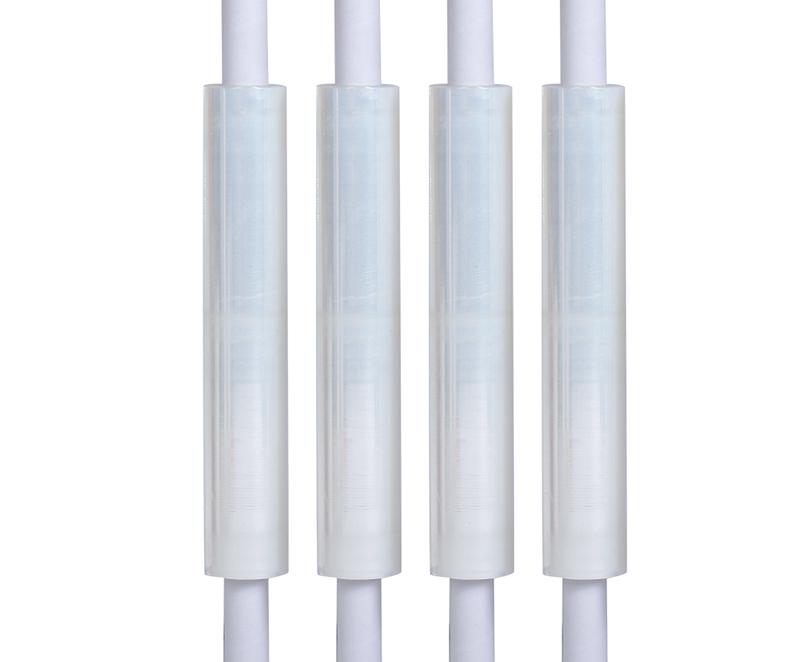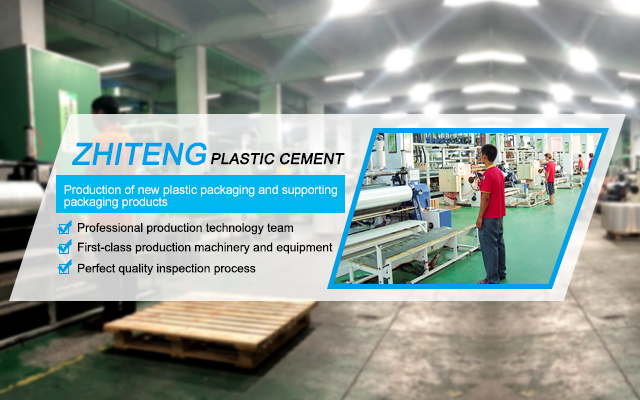
Analysis - what is stretch Films?
Stretch Film is used for the sales and shipping of various products. Its principal function is to stabilize, cover and protect the product. Stretch Film has high abrasion resistance, good shrinkage, and specific shrinkage stress. During the shrinking process, the Film does not create holes. Since the stretch film is usually used outdoors, it is necessary to add a UV-blocking agent. Stretch Film uses imported linear low-density polyethylene as the primary raw material and adopts a three-layer co-extrusion casting process. So how is it made?

1. PVC film
stretch Film has good light resistance, aging resistance, tear resistance, and penetration. It is a clean, colorless, transparent film. Therefore, PVC resin can be used for printing. Suitable for packaging bags, book covers, etc.
2. Polyethylene film
stretch Film is a colorless, odorless, translucent, non-toxic insulating material. Widely used in various packaging bags and containers.
3. Polyester film
This stretch film is colorless, transparent, moisture-proof, air-tight, soft, high-strength, acid-resistant, alkali-resistant, oil-ester-resistant, and solvent-resistant. It is not afraid of high and low temperatures. It can be used for packaging and composites.
4. Polystyrene film
This stretch film is a clear, colorless, transparent soft, and complex film. When no plasticizer is used, the paint film remains soft, cold-resistant, and does not age.
5. Polypropylene film
This elastic Film has good gloss and transparency. Heat resistance, acid and alkali resistance, solvent resistance, friction, tear resistance, and good air permeability. Heat sealing is not allowed below 160°C.
6. Polyethylene film
There are no polar groups on the membrane molecules. It is a non-polar printing polymer. In polypropylene, each structural unit contains a methyl group, which is a weakly polar group. It is a non-polar polymer. Therefore, they have a poor affinity for ink, so they can be processed before printing to obtain satisfactory results.
7. Nylon membrane
This stretch film is more vital than polyethylene film. It is odorless, non-toxic, and unaffected by bacteria, oils, esters, boiling water, and most solvents. They are typically used for load-bearing, wear-resistant packaging, and cooking packaging. It can be printed and brushed without surface preparation.
Sinopec's raw materials directly supply the materials used initially for stretched films. The intelligent control system can be customized according to customer needs, with high quality, such as good tensile properties, good tear resistance, strong air permeability, high transparency, good self-adhesion, high shrinkage, compact packaging, no loosening, etc.
Stretch Film is a new packaging material, but the stretch film is very different for different materials. The stretch film material can be divided into seven categories: PVC film, polyethylene film, polyester film, polystyrene film, polypropylene film, polyethylene film, and nylon film.
How to judge the quality of the wrapping film:
1. You can buy it to see its tension in actual contact. If the tension is high, the quality is good. If the stretch film has poor puncture resistance, it is easy to be damaged by sharp objects, resulting in damage to the product or goods: loose isolation, no protection. From the viscosity point of view, the viscosity of stretch film can be judged well by hand.
2. From the perspective of stretch ratio, you can stretch the Film from the length of the stretch film outward, and then stretch the Film from the horizontal direction, and you can judge whether it is good or bad; it is too thin, and the same is valid for stretching.
3. Observe the gloss to judge. Generally speaking, the color of ordinary stretch film is darker, and the excellent stretch film is more transparent.
Relevant Information0769-87898818


